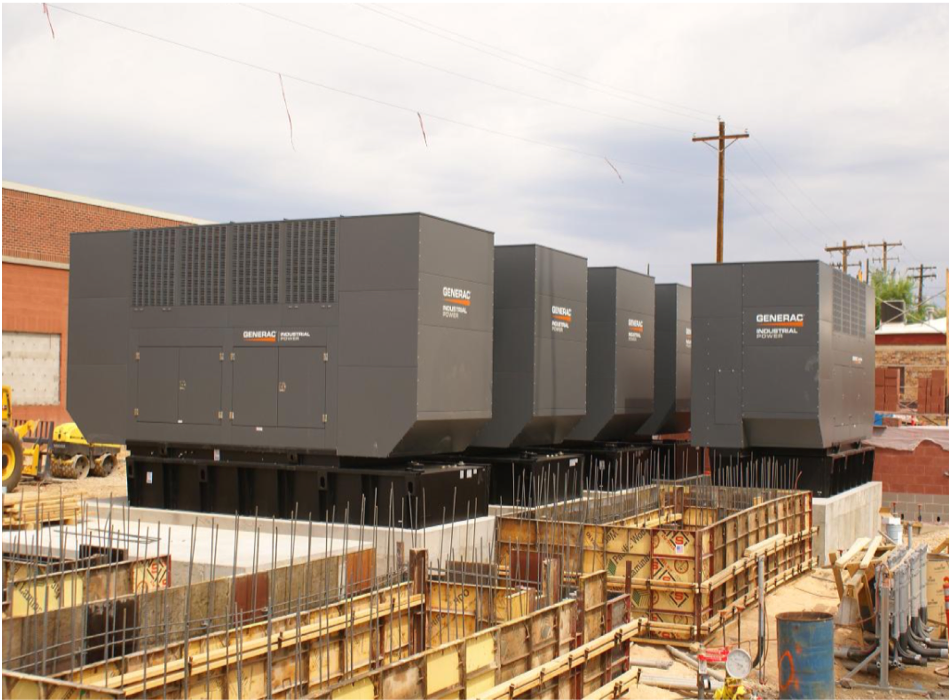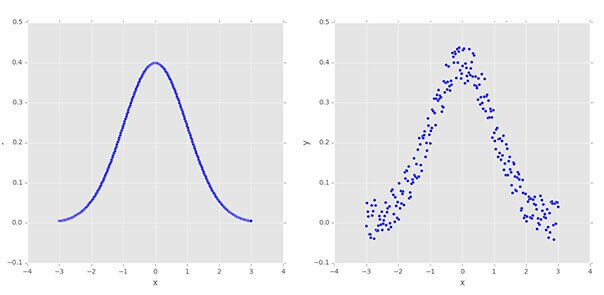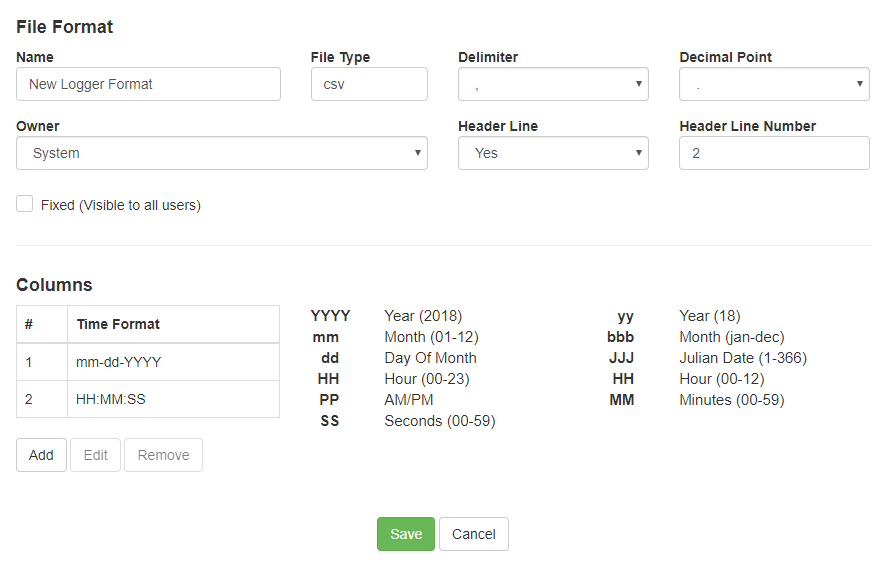

- #Image data generator how to#
- #Image data generator generator#
- #Image data generator update#
- #Image data generator code#
Now that we are familiar with how to use the ImageDataGenerator, let’s look at some specific data augmentation techniques for image data. This is because data augmentation is only used as a technique for artificially extending the training dataset in order to improve model performance on an unaugmented dataset.

Often, a separate ImageDataGenerator instance is used that may have the same pixel scaling configuration (not covered in this tutorial) as the ImageDataGenerator instance used for the training dataset, but would not use data augmentation.
#Image data generator generator#
almost no augmentation) to be generated and used during training.Ī data generator can also be used to specify the validation dataset and the test dataset. Because the augmentations are performed randomly, this allows both modified images and close facsimiles of the original images (e.g. Instead, only augmented images are provided to the model. The images in the dataset are not used directly. fit_generator ( it, steps_per_epoch = 313. This is different from data preparation such as image resizing and pixel scaling they must be performed consistently across all datasets that interact with the model. Image data augmentation is typically only applied to the training dataset, and not to the validation or test dataset. Nevertheless, augmentation can further aid in this transform invariant approach to learning and can aid the model in learning features that are also invariant to transforms such as left-to-right to top-to-bottom ordering, light levels in photographs, and more. Modern deep learning algorithms, such as the convolutional neural network, or CNN, can learn features that are invariant to their location in the image. In addition, it can be useful to experiment with data augmentation methods in isolation and in concert to see if they result in a measurable improvement to model performance, perhaps with a small prototype dataset, model, and training run. A vertical flip of the photo of a cat does not make sense and would probably not be appropriate given that the model is very unlikely to see a photo of an upside down cat.Īs such, it is clear that the choice of the specific data augmentation techniques used for a training dataset must be chosen carefully and within the context of the training dataset and knowledge of the problem domain. For example, a horizontal flip of a picture of a cat may make sense, because the photo could have been taken from the left or right. This means, variations of the training set images that are likely to be seen by the model. The intent is to expand the training dataset with new, plausible examples. Transforms include a range of operations from the field of image manipulation, such as shifts, flips, zooms, and much more. Image data augmentation is perhaps the most well-known type of data augmentation and involves creating transformed versions of images in the training dataset that belong to the same class as the original image. This is done by applying domain-specific techniques to examples from the training data that create new and different training examples. The performance of deep learning neural networks often improves with the amount of data available.ĭata augmentation is a technique to artificially create new training data from existing training data. Horizontal and Vertical Flip Augmentation.Horizontal and Vertical Shift Augmentation.Image Augmentation With ImageDataGenerator.This tutorial is divided into eight parts they are:
#Image data generator update#
#Image data generator code#
Kick-start your project with my new book Deep Learning for Computer Vision, including step-by-step tutorials and the Python source code files for all examples. How to use shift, flip, brightness, and zoom image data augmentation.Image data augmentation is supported in the Keras deep learning library via the ImageDataGenerator class.Image data augmentation is used to expand the training dataset in order to improve the performance and ability of the model to generalize.In this tutorial, you will discover how to use image data augmentation when training deep learning neural networks.Īfter completing this tutorial, you will know: The Keras deep learning neural network library provides the capability to fit models using image data augmentation via the ImageDataGenerator class.

Training deep learning neural network models on more data can result in more skillful models, and the augmentation techniques can create variations of the images that can improve the ability of the fit models to generalize what they have learned to new images.

Image data augmentation is a technique that can be used to artificially expand the size of a training dataset by creating modified versions of images in the dataset.


 0 kommentar(er)
0 kommentar(er)
